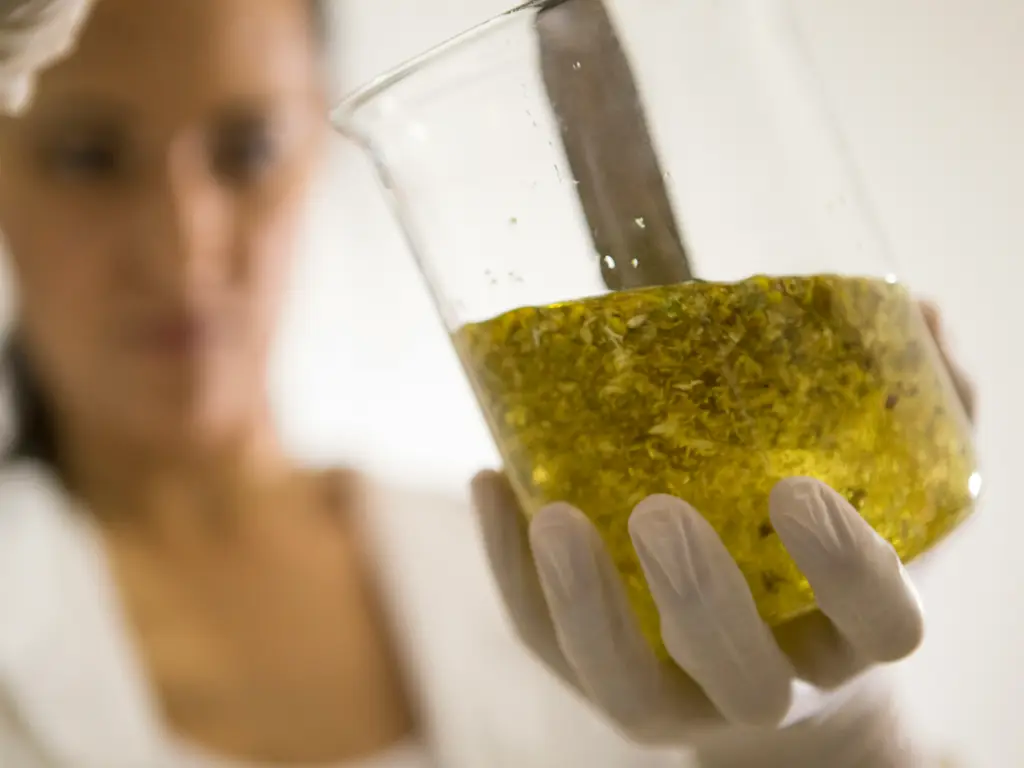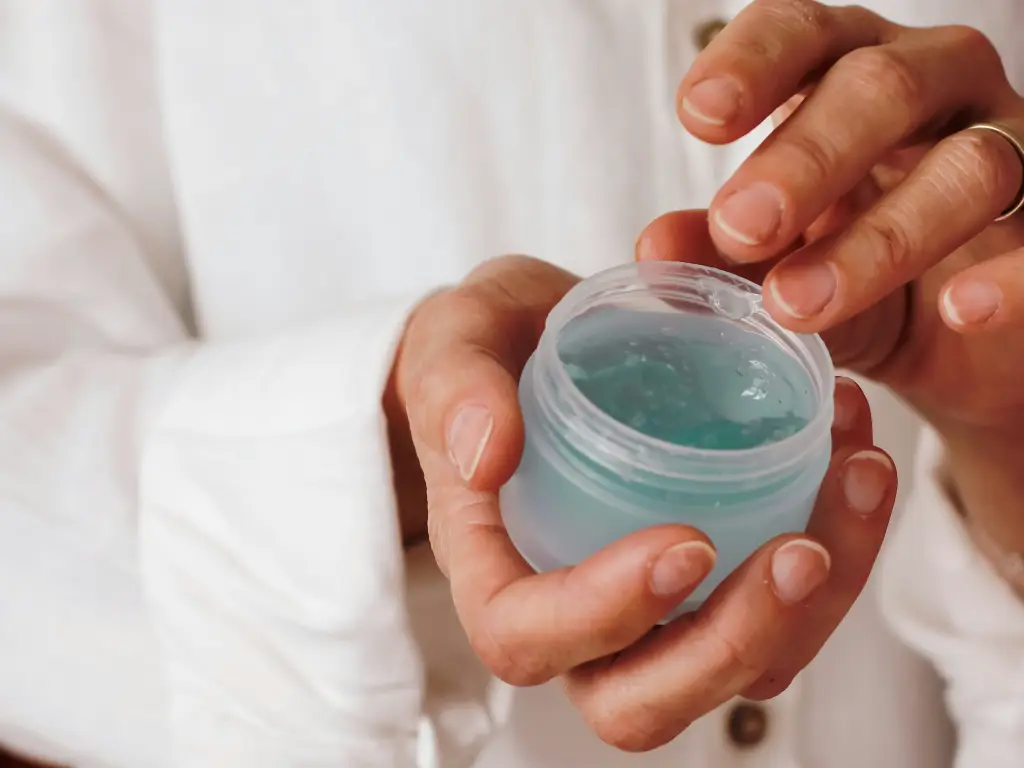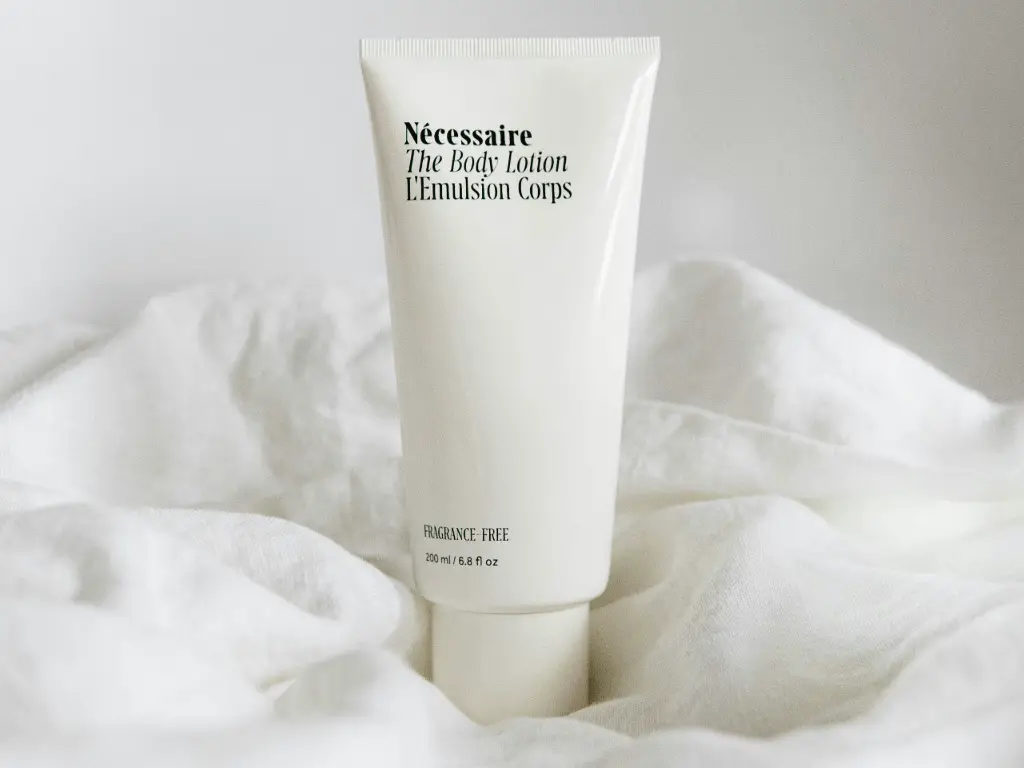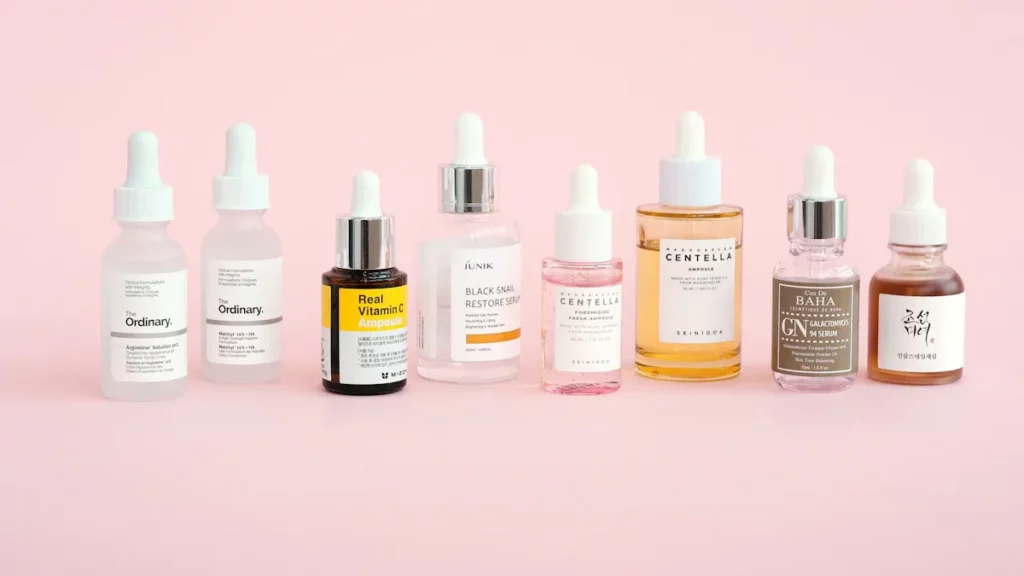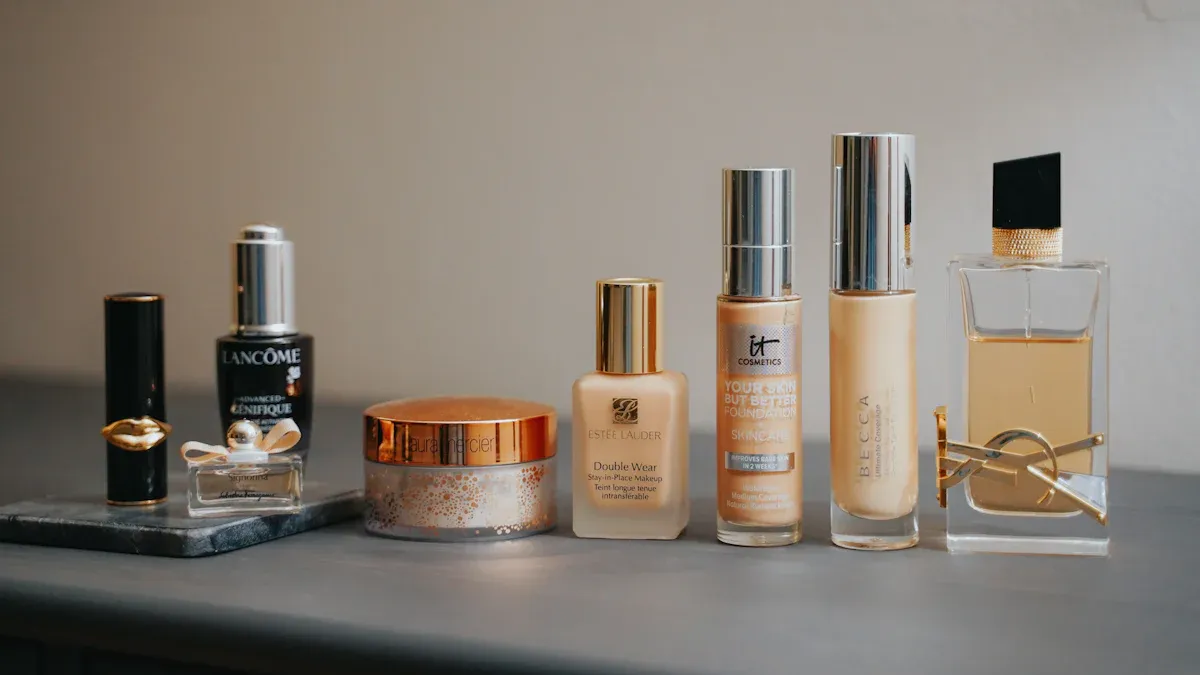
~ 안에 2025, standing out in the crowded makeup and beauty industry isn’t just about offering great products. It’s about creating an authentic brand story that resonates with your audience. Why? Because today’s consumers crave genuine connections. They want to see themselves in your brand, not just your advertisements.
Consider this: user-generated content (UGC) is eight times more effective than influencer campaigns when it comes to influencing purchases. 거의 79% of people rely on UGC to make buying decisions, 그리고 93% say it’s incredibly helpful. When your story feels real, it builds trust, fosters loyalty, and inspires people to choose your brand over others.
So, what’s your story?
Understanding the Power of Brand Storytelling
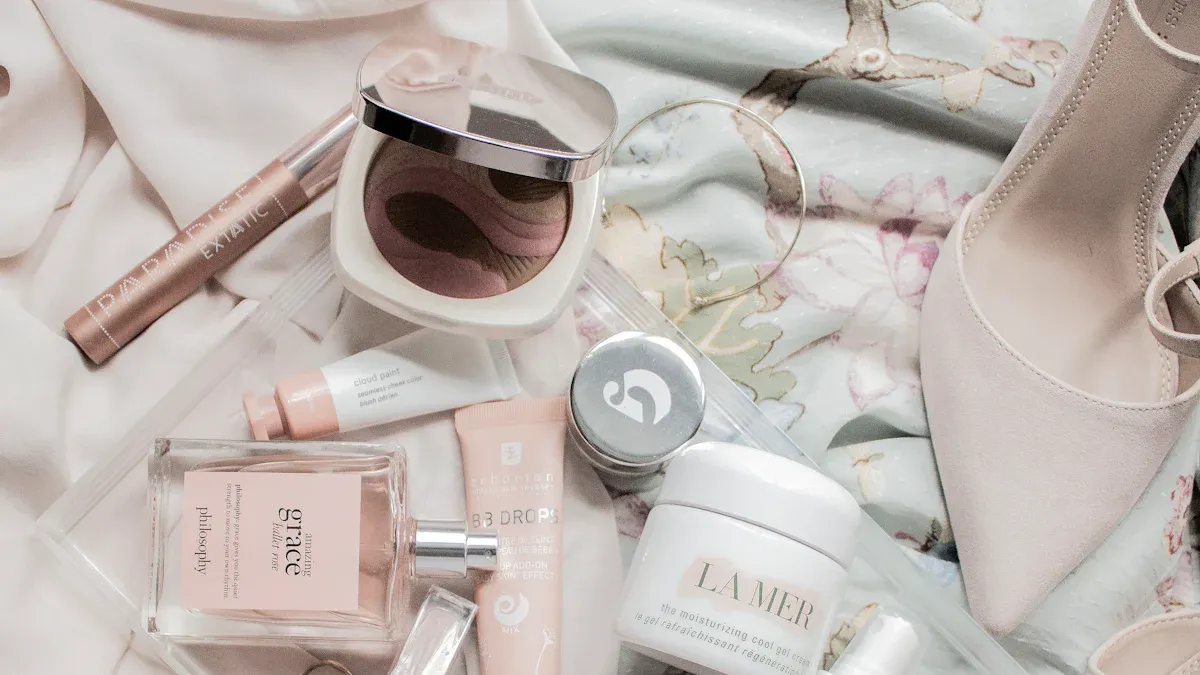
What Is an Authentic Brand Story?
An authentic personal brand story is more than just a timeline of your company’s milestones. It’s the heart of your brand identity. It’s about sharing your values, mission, and the journey that brought your brand to life. Think of it as a narrative that connects your audience to your purpose.
For beauty brands, this means showing the “why” behind your products. Are you committed to sustainability? Do you celebrate diversity? Your story should reflect these values in a way that feels genuine. 예를 들어, brands like Lush and Glossier excel at this. Lush highlights customer stories, while Glossier uses interviews to showcase real beauty routines. These approaches make their storytelling relatable and engaging.
Why Brand Storytelling Is Essential for Beauty Brands
Brand storytelling isn’t just a buzzword—it’s a game-changer in marketing. It helps you build emotional connections with your audience. When people feel connected to your story, they’re more likely to trust and support your brand.
작동하는 이유는 다음과 같습니다:
It enhances credibility when you include real testimonials.
It makes your brand memorable by creating a personal connection.
Research from Wharton shows that storytelling has shifted from just promoting product quality to emphasizing authenticity and engagement. This shift is especially important in the beauty industry, where consumers value brands that align with their beliefs.
The Role of Authenticity in Successful Makeup Branding
Authenticity is the secret ingredient in successful makeup branding. It’s what turns a good story into an unforgettable one. When your narrative feels real, it resonates with your audience.
Take Fenty Beauty, for instance. By showcasing diverse skin tones and real customers in their videos, they’ve built a brand that feels inclusive and relatable. 비슷하게, Pat McGrath Labs thrives on authenticity by staying true to its founder’s passion for creativity and inclusivity.
Your brand can achieve the same. Focus on being transparent and true to your mission. Whether it’s through engaging storytelling or highlighting your unique values, authenticity will set you apart in 2025’s competitive beauty market.
Key Components of an Authentic Brand Story
Defining Core Values and Mission
Your brand’s core values and mission are the foundation of your story. They define who you are, what you stand for, and why you exist. Without them, your brand risks blending into the crowd. To stand out, ask yourself: What beliefs drive your business? What goals do you want to achieve? What makes your brand unique? Answering these questions helps shape a narrative that feels authentic and builds trust with your audience.
Core values don’t just guide your storytelling—they influence your entire brand culture. Over half of U.S. employees choose to work for organizations based on their values. This alignment creates a ripple effect, ensuring your team and customers connect with your mission.
Visual elements also play a key role here. Consistent imagery across platforms reinforces your message and makes your brand instantly recognizable. People process visuals faster than text, so use them to highlight your values and mission in a way that’s easy to understand.
Building Emotional Connections with Your Audience
Emotional connections are the glue that binds your audience to your brand. When people feel something, they remember it. That’s why emotional storytelling is so powerful. It’s not just about selling products—it’s about creating moments that resonate.
Take Dove’s ‘Real Beauty’ campaign as an example. By celebrating authenticity and showcasing real women, Dove built a loyal customer base. Their commitment to social impact, like the ‘Self-Esteem Project,’ deepened this connection. 결과? Higher customer satisfaction and retention rates.
You can do the same by focusing on what matters to your audience. Share stories that reflect their values and experiences. Use testimonials, 비하인드 스토리 컨텐츠, or even user-generated content to make your brand feel relatable and human.
Ensuring Relatability and Transparency
Relatability and transparency are non-negotiable in 2025. Consumers want to trust the brands they support. In fact, 81% of people need to trust a brand before making a purchase, 그리고 86% consider transparency a key factor in their decision.
How can you ensure this? Start by being open about your processes, 재료, and values. Share your journey—the wins and the challenges. When your audience sees the real you, they’re more likely to connect with your story.
Relatability also means aligning with your audience’s values. A staggering 71% of customers prefer to buy from companies that share their beliefs. Whether it’s sustainability, inclusivity, or innovation, make sure your story reflects what your audience cares about.
팁: Transparency isn’t just about honesty—it’s about consistency. Keep your messaging clear and aligned across all platforms to build lasting trust.
Steps to Craft a Compelling Brand Story
Identifying and Understanding Your Target Audience
Your audience is the heart of your brand story. To create a memorable story, you need to know who they are, what they care about, and how your brand fits into their lives. Start by asking yourself: Who are you speaking to? What challenges do they face? What motivates them to choose one beauty product over another?
Market analysis tools can help you uncover these answers. Product testing, segmentation studies, and competitor analysis are powerful ways to understand your audience. 예를 들어, segmentation studies let you group customers based on demographics, behaviors, 그리고 선호도. This insight helps you tailor your story to resonate with specific groups.
Once you’ve gathered data, look for patterns. Are your customers drawn to natural ingredients? Do they value cruelty-free products? Use these insights to define your personal brand and craft a narrative that speaks directly to their needs.
팁: Don’t just focus on what your audience wants—focus on how your brand can solve their problems. When you align your story with their values, you create customer engagement that lasts.
Aligning Your Brand Values with Your Narrative
Your brand values are your compass. They guide every decision you make and shape how your audience perceives you. To craft a compelling brand story, you need to create value-guided goals that align with your narrative.
Start by identifying your core values. Are you committed to sustainability? Do you celebrate inclusivity? Once you’ve defined these, weave them into your story. 예를 들어, a cosmetics brand found that its audience valued ethical practices. By highlighting its cruelty-free products and sustainable packaging, the brand positioned itself as a responsible choice.
Aligning your values with your narrative isn’t just about messaging—it’s about action. Customers notice when brands practice what they preach. Share behind-the-scenes content that shows how you live your values. Transparency builds trust and strengthens emotional connections.
Callout: Research shows that 71% of customers prefer brands that share their beliefs. When your story reflects their values, you turn casual buyers into loyal advocates.
Using Storytelling Frameworks to Structure Your Story
A great story needs structure. Without it, your narrative can feel scattered and lose its impact. Storytelling frameworks provide a roadmap to organize your ideas and create a story that resonates.
Here are three popular frameworks you can use:
Before-After-Bridge: Start by describing a problem your audience faces. Show how your brand offers a solution, then present the transformation they’ll experience.
Problem-Agitate-Solve: Highlight a challenge, emphasize its emotional impact, and position your brand as the answer. This method works well for creating emotional connections.
Pixar Story Framework: Set the stage, introduce conflict, and resolve it. This approach adds depth and keeps your audience engaged.
Why do these frameworks work? Because they tap into emotions. Research shows that 64% of consumers seek emotional connections with brands. When you structure your story around their feelings, you create a narrative that sticks.
팁: Keep your story simple and relatable. Authenticity matters more than complexity. Use testimonials, before-and-after photos, 또는 customer feedback to bring your story to life.
Innovative Strategies for Brand Storytelling in 2025
Leveraging Social Media Trends to Amplify Your Story
Social media continues to dominate the branding landscape in 2025, offering beauty brands endless opportunities to connect with their audience. But it’s not just about posting pretty pictures anymore. To stand out, you need to tap into emerging trends that amplify your story and make your brand unforgettable.
Here’s what’s shaping the social media scene:
User-generated content (UGC): People trust other people more than they trust ads. UGC acts as social proof, showing potential customers the real value of your products.
Branded hashtags: These enhance visibility and help you track engagement. A catchy hashtag can turn your campaign into a movement.
Contests and challenges: Organizing fun, interactive contests introduces your brand to new audiences while fostering loyalty among existing followers.
Platforms like TikTok and Instagram are perfect for these strategies. Short-form videos, behind-the-scenes clips, and tutorials can bring your brand story to life. 예를 들어, AR-powered virtual try-ons allow customers to interact with your products before buying. This not only boosts engagement but also builds trust.
팁: Use analytics to track what works. Social media platforms offer tools to measure reach, engagement, and conversions. Let the data guide your storytelling efforts.
Using Brand Archetypes to Shape Your Identity
Every great story has a hero, and in branding, that hero is your archetype. Brand archetypes are universally recognized characters that embody your brand’s personality. They make your story relatable and memorable, helping you connect with your audience on a deeper level.
The concept of archetypes, rooted in Carl Jung’s theory, has been a cornerstone of branding since the mid-20th century. Dr. Carol Pearson’s work translated these archetypes into marketing strategies, allowing brands to create emotional connections with consumers. For beauty brands, this means choosing an archetype that aligns with your mission and values.
Here are some examples:
The Creator: Perfect for brands that focus on innovation and artistry, like Pat McGrath Labs.
The Caregiver: Ideal for brands that prioritize nurturing and self-care, such as Dove.
The Rebel: Great for brands that challenge norms and celebrate individuality, like Fenty Beauty.
By aligning your brand with an archetype, you can craft a narrative that resonates deeply with your audience. This approach not only differentiates you from competitors but also fosters loyalty.
Callout: Studies show that emotional engagement is key to identity formation. When your audience sees themselves in your story, they’re more likely to stick around.
Integrating Sustainability and Inclusivity into Your Branding
~ 안에 2025, sustainability and inclusivity aren’t just buzzwords—they’re expectations. Consumers want to support brands that align with their values, and beauty brands that prioritize these principles are winning hearts and wallets.
Sustainability is more than a trend; it’s a commitment. Brands are announcing carbon neutrality goals and introducing eco-friendly innovations. 예를 들어, using sustainable packaging or refillable products can set you apart. Highlight these efforts in your story to show your audience that you care about the planet.
Inclusivity is equally important. Beauty is for everyone, and your branding should reflect that. Showcase diverse models, offer a wide range of shades, and celebrate individuality. When your audience feels seen and valued, they’re more likely to connect with your brand.
Evidence | 설명 |
|---|---|
AR-powered virtual try-ons | Customers can interact with products before purchasing, enhancing engagement and decision-making. |
Data-driven storytelling | Brands can create content that resonates with audiences by utilizing insights from customer interactions. |
Rise of user-generated content | Audiences now actively create and share their experiences, transforming digital branding. |
메모: Authenticity is key. Don’t just talk about sustainability and inclusivity—show it. Share behind-the-scenes content, customer testimonials, or even your challenges. Transparency builds trust and strengthens your story.
By leveraging these innovative strategies, you can craft a brand story that not only stands out but also resonates with your audience. 기억하다, branding in 2025 is all about connection, authenticity, and action.
Examples of Successful Makeup Branding

사례 연구: A Beauty Brand That Thrived Through Authenticity
Authenticity isn’t just a buzzword—it’s a game-changer. Take Patagonia, 예를 들어. While not a makeup brand, its commitment to environmental sustainability and social responsibility offers valuable lessons. The “Don’t Buy This Jacket” campaign wasn’t about selling products. It was about reducing consumerism and waste. This bold move resonated with customers, building trust and loyalty.
In the beauty world, Daniel Wellington’s influencer marketing strategy stands out. Genuine recommendations from influencers boosted word-of-mouth marketing. This approach enhanced brand visibility and drove sales. By focusing on authenticity, Daniel Wellington became a successful makeup brand in its own right, proving that trust and relatability can transform a business.
For makeup brands, the takeaway is clear. When you align your values with your audience’s beliefs, you create a connection that goes beyond products. Whether it’s sustainability, inclusivity, or transparency, staying true to your mission builds lasting relationships.
Lessons from Industry Leaders in Brand Storytelling
Industry leaders know that storytelling isn’t just about sharing—it’s about connecting. Stories capture attention, foster emotional bonds, and make brands unforgettable. 예를 들어, brands that embrace storytelling strategies see tangible benefits:
Benefit | 설명 |
|---|---|
Enhanced Engagement | Stories encourage consumers to spend more time interacting with your brand. |
Increased Memorability | Audiences remember stories better than lists of features or statistics. |
Strengthened Emotional Connections | Emotional resonance fosters trust and loyalty, creating long-term relationships. |
Differentiation in a Crowded Market | A compelling story sets your brand apart, making it relatable and human. |
Video content is a powerful tool for storytelling. It drives discovery and facilitates immediate purchases. By meeting consumers where they are, you deliver the right message at the right time. This approach transforms your brand into more than just a product—it becomes an experience.
Successful makeup branding thrives on emotional connections. When your story resonates, it builds trust and loyalty. Whether through video, influencer partnerships, or bold campaigns, storytelling helps you stand out in a crowded market.
Crafting an authentic brand story in 2025 isn’t just a marketing tactic—it’s your key to building trust and loyalty. By focusing on your values, connecting emotionally, and embracing transparency, you can create a narrative that resonates.
Here’s how successful brands are doing it:
Fenty Beauty: Built genuine relationships through innovative PR strategies.
Drunk Elephant: Stood out by weaving authenticity into their storytelling.
Niche Brands: Thrived by challenging industry giants with creative campaigns.
Your story matters. Start by defining your mission, understanding your audience, and sharing your journey. The first step? Just be real. Your audience will thank you.
FAQ
How do I start crafting my brand story?
Begin by identifying your core values and mission. Think about what makes your brand unique and why your audience should care. Write down your story in simple terms, focusing on authenticity and relatability.
Why is authenticity so important in beauty branding?
Authenticity builds trust. When your audience feels your story is genuine, they’re more likely to connect with your brand emotionally. This connection drives loyalty and helps you stand out in a crowded market.
Can small beauty brands benefit from storytelling?
전적으로! Storytelling isn’t just for big brands. Sharing your journey, values, and vision helps you build a loyal community. Even with limited resources, a compelling story can amplify your reach.
What’s the best way to use social media for storytelling?
Use platforms like Instagram and TikTok to share behind-the-scenes content, tutorials, and user-generated posts. Short videos and interactive features like polls or AR try-ons make your story engaging and memorable.
How can I make my brand story relatable?
Focus on your audience’s values and experiences. Share real testimonials, highlight diverse voices, and be transparent about your journey. When your audience sees themselves in your story, they’ll feel connected.

